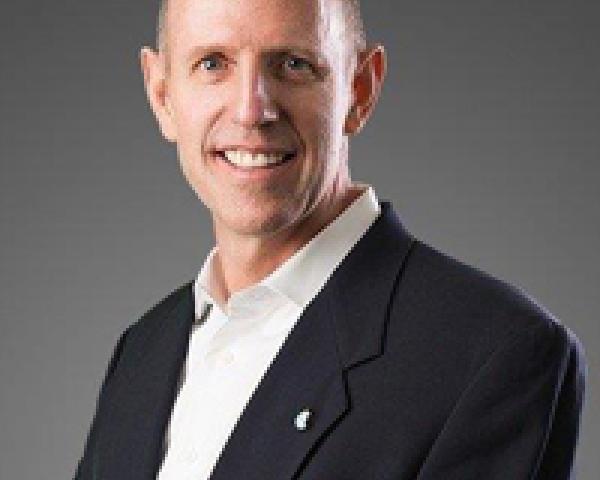A fundamental problem: 8% of employees represent 80% of healthcare costs -- and the 8% changes every 12 to 18 months.
In most healthcare discussions today, “the exchange” is usually described as a solution to address employers’ health and cost challenges. The exchange model is now being offered by carriers, by consulting firms and by independent companies. Accenture says the enrollment in private exchanges exceeded 6 million in 2015, and it’s projected to be 40 million by 2018.
Since the age of consumerism began back in the early ‘90s, the theory has been that, if we can transform employees into consumers of healthcare services, the free market will drive out the price variation among the providers as patients question the cost of services. But, despite increasing deductibles and pushing more of the cost burden to employees, many employers are still waiting for those employees to become healthcare consumers.
The reality is that healthcare is complex, so individuals have trouble deciphering medical terminology and obtaining the actual price for a specific service, especially because most people access the healthcare system infrequently.
Is the exchange the answer for consumerism to take hold?
At a recent exchange conference, national experts discussed the impact of the exchanges, providing various messages and statistics. It became clearer that the value of the private exchange is basically as an administrative platform to give individuals plan and program choices, so they can make decisions based on their needs.
Now, the concept of giving employees’ choices and allowing them to make a personalized decision is not new–cafeteria plans have been around for 25-plus years. Cafeteria plans in the '90s had some big problems. The main one was serious adverse selection. When you have big bills planned, you switch to the “richest” plan, and then switch to a low-cost option later. When this happens, the “sponsor” gets shorted on payroll deductions as well the spread of the costs among those not using services.
It will be interesting to see if the exchanges have a better design these days.
When questions were posed to the exchange experts on whether the data was showing an impact to the healthcare decisions and to the health of the population, the consistent response was—we’re not sure.
It’s important not to get caught up in the marketing claim that an administrative platform is going to solve the healthcare challenges confronting employers today. As we discussed in
Part 5 of this series, the marketing around value-based contracts/ACOs has also positioned that concept as a solution, when, in reality, performance contracts with provider have also been around for 25-plus years.
Employers continue to be faced with this problem: About 8% of their population consumes 80% of the total healthcare spending, and that 8% changes every 12-18 months.
Is it time to get back to the basics? Should the focus be on finding the right physicians committed to delivering evidence-based healthcare, and then ensuring that patients are accessing care from these providers?
When providers see that employers are truly committed to supply chain management, we can expect the process of care to change significantly, and there will be a commitment to removing the waste from the system. As with many other industries, the ultimate purchaser has the ultimate power, by working with the interested suppliers to improve the process and to increase quality and lower costs.



